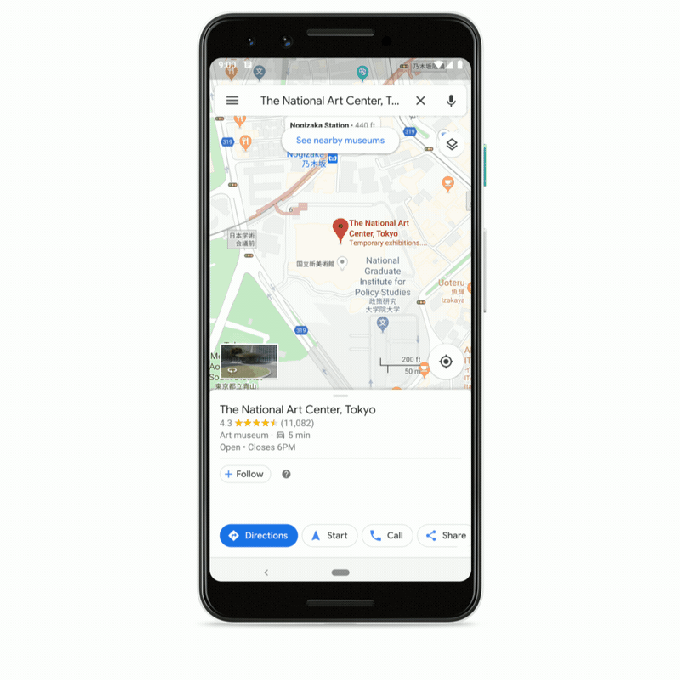
Google Maps is adding a feature that will make it easier for people traveling in foreign countries where they don’t speak the local language: built-in translation with text-to-speech support. The feature will allow users to tap on a new speaker button next to a place name or address, to have Google Maps say the name out loud — a particularly useful addition for anyone who has needed to communicate about directions when traveling.
Most people who have ventured outside of their home country, at some point, needed to ask for directions or tell a taxi driver their destination. And when you don’t speak the language, that can be difficult to do — even with the aid of translation apps or language dictionaries, as they’re often more focused on everyday vocabulary, not necessarily on the proper names of places.
Now, instead of struggling with pronunciation and having awkward conversations or even handing over your phone to a cab driver, you can tap a button.
In addition, Google Maps will also now link you to the Google Translate app if you need to continue the conversation further.
 The new feature works by detecting which language your phone is currently using, then determining when to show you the translate option. For example, an English speaker who was browsing a map of Tokyo may see the speaker icon, but may not see the icon if looking at places in the U.S.
The new feature works by detecting which language your phone is currently using, then determining when to show you the translate option. For example, an English speaker who was browsing a map of Tokyo may see the speaker icon, but may not see the icon if looking at places in the U.S.
It’s somewhat surprising this sort of text-to-speech functionality wasn’t already included in Google Maps, given its use for travel purposes. But Google has more recently been waking up to the power of integrating Google Translate into other experiences outside the app itself, including in Google Home, Google Assistant, Google Lens and more. And in the end, this translation support makes Google’s products more powerful and competitive — and for consumers, more useful.
Translate for Google Maps is rolling out this month on iOS and Android, with initial support for 50 languages. More languages will arrive in the future, Google says.

